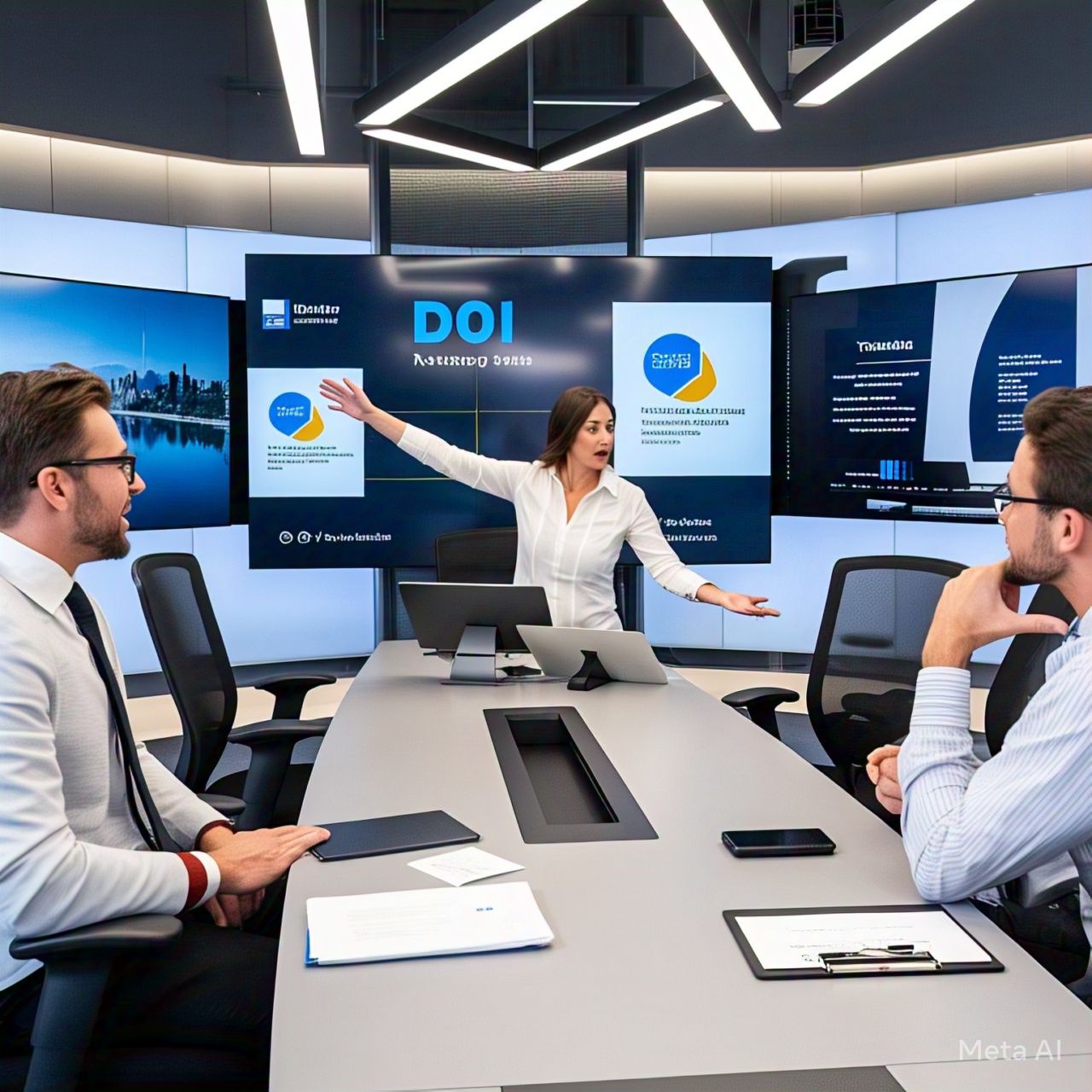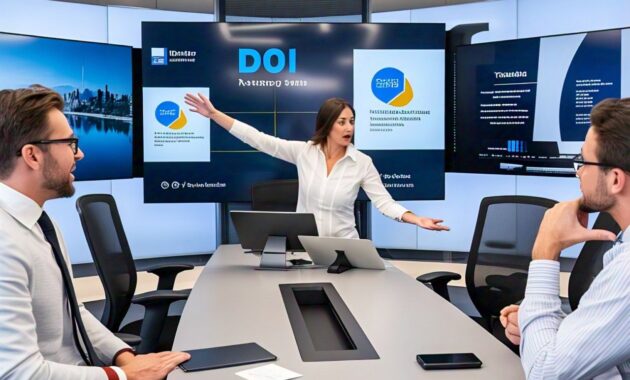Email marketing has long been one of the most effective digital marketing channels. However, as consumer expectations evolve and technology advances, traditional email marketing strategies are no longer enough. In 2025, hyper-personalization and AI-generated content are driving a new era of email marketing, allowing businesses to create more engaging, relevant, and data-driven campaigns.
This article explores the evolution of email marketing, the role of hyper-personalization and AI content, and how businesses can leverage these advancements to stay ahead in the competitive digital landscape.
The Evolution of Email Marketing
Email marketing has undergone several significant transformations since its inception in the 1990s. Initially, businesses relied on mass email campaigns with generic messaging, but over time, segmentation, automation, and personalization reshaped the landscape.
Key Milestones in Email Marketing
- The Early Days (1990s – 2000s)
- Marketers sent bulk emails with little to no segmentation.
- Spam and email fatigue became major challenges.
- The introduction of spam filters reduced inbox clutter.
- The Rise of Segmentation (2010s)
- Marketers began segmenting email lists based on demographics and behavior.
- Personalized subject lines and dynamic content improved open and click-through rates.
- The adoption of automation enabled triggered email sequences.
- AI and Automation (2020s)
- AI-powered analytics optimized email send times and content.
- Predictive analytics helped marketers understand customer intent.
- Advanced automation workflows enhanced customer journeys.
- Hyper-Personalization and AI Content (2025 and Beyond)
- AI-generated content enables highly personalized emails.
- Real-time behavioral triggers enhance engagement.
- AI-driven optimization ensures emails are tailored to individual preferences.
Hyper-Personalization: The Future of Email Marketing
Hyper-personalization takes traditional personalization a step further by leveraging real-time data, AI, and machine learning to create highly relevant and engaging email content for each recipient.
Key Elements of Hyper-Personalization
- Dynamic Content
- AI-driven algorithms adjust email content based on user behavior, preferences, and real-time interactions.
- Example: A retail brand sends personalized product recommendations based on browsing history.
- Behavioral Triggers
- Automated email sequences are triggered by specific user actions, such as cart abandonment, product searches, or past purchases.
- Example: A travel company sends tailored destination suggestions based on previous searches.
- Predictive Analytics
- AI analyzes past interactions to predict future behaviors and suggest the best email content and timing.
- Example: A subscription service predicts when a customer is likely to churn and sends a retention-focused email.
- Real-Time Data Integration
- Marketers integrate real-time data from various sources, such as website visits, mobile app usage, and social media activity, to personalize email campaigns.
- Example: A fitness app emails workout reminders based on user activity.
Benefits of Hyper-Personalization
- Higher Engagement Rates – Personalized emails resonate more with recipients, leading to higher open and click-through rates.
- Improved Customer Experience – Relevant and timely emails create a more seamless and enjoyable user experience.
- Increased Conversions – Tailored recommendations and offers lead to higher conversion rates.
- Better Customer Retention – Personalized communication strengthens relationships and fosters long-term loyalty.
AI-Generated Content: Revolutionizing Email Marketing
AI is transforming email marketing by automating content creation, optimizing messaging, and analyzing customer responses in real time.
How AI is Shaping Email Content
- Automated Subject Line Generation
- AI analyzes past subject line performance and generates high-converting subject lines based on engagement trends.
- Example: AI crafts subject lines that include urgency, personalization, or emojis for better open rates.
- Smart Content Personalization
- AI adapts email content based on user preferences and engagement history.
- Example: A news platform curates email newsletters with articles tailored to the recipient’s reading habits.
- A/B Testing Optimization
- AI automates A/B testing by analyzing multiple variables and selecting the best-performing content.
- Example: AI tests different CTA placements and determines the most effective version in real-time.
- Natural Language Processing (NLP) for Content Creation
- AI-generated content ensures consistency in messaging and brand tone.
- Example: AI writes personalized email introductions, product descriptions, and customer support responses.
- Chatbot-Integrated Emails
- AI-powered chatbots embedded in emails provide real-time interactions, improving engagement.
- Example: A chatbot in an e-commerce email helps users find products or answer questions.
Benefits of AI-Generated Content
- Efficiency – Automates content creation, saving time and resources.
- Scalability – Enables brands to personalize content at scale.
- Data-Driven Optimization – Continuously refines messaging based on customer interactions.
- Consistency – Maintains a uniform brand voice and messaging across campaigns.
Implementing Hyper-Personalization and AI in Email Marketing
To leverage hyper-personalization and AI-generated content effectively, businesses must adopt a strategic approach.
Step-by-Step Implementation Guide
- Collect and Analyze Customer Data
- Use AI-driven tools to gather insights from website behavior, purchase history, and engagement metrics.
- Segment Audiences with AI
- Create dynamic segments based on real-time data and predictive analytics.
- Personalize Every Aspect of the Email
- Use dynamic content blocks, personalized greetings, and behavior-triggered messages.
- Leverage AI for Content Creation
- Implement AI-generated subject lines, product recommendations, and conversational email copy.
- Test, Optimize, and Iterate
- Continuously analyze performance and refine strategies based on AI-driven insights.
- Ensure Compliance and Ethical Use
- Follow data privacy regulations (e.g., GDPR, CCPA) and maintain transparency in AI-driven email marketing practices.
The Future of Email Marketing
As AI and hyper-personalization continue to evolve, email marketing will become even more sophisticated and effective. Future trends include:
- AI-Powered Predictive Personalization – Emails that anticipate user needs before they express them.
- Voice-Activated Emails – Integration with voice assistants for hands-free email interactions.
- Augmented Reality (AR) in Emails – Interactive AR experiences within email content.
- Blockchain for Email Security – Enhanced email verification and anti-phishing measures.
Conclusion
The evolution of email marketing from mass campaigns to hyper-personalized, AI-driven communication has transformed the way businesses engage with customers. By leveraging AI for content creation and hyper-personalization, brands can deliver more relevant, engaging, and conversion-focused email campaigns.
In 2025 and beyond, the key to email marketing success lies in embracing these advancements while maintaining authenticity, transparency, and a customer-centric approach. Businesses that invest in AI-powered personalization will gain a competitive edge in an increasingly data-driven marketing landscape.















